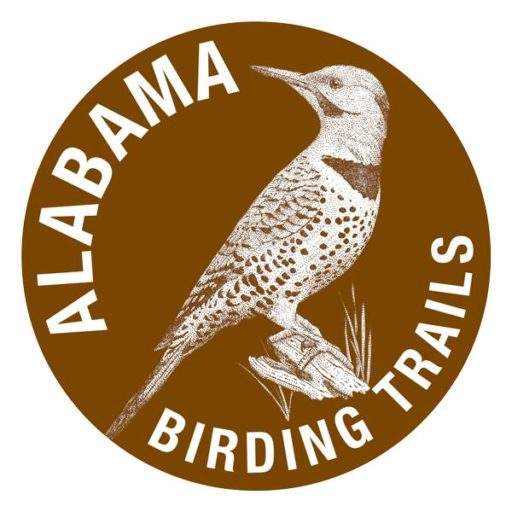Coastal, Dauphin Island - Bayou La Batre Loop | Mobile | Best Seasons: Fall | Spring | Winter
The West End of Dauphin Island is birding paradise. Recognized by the American Bird Consevancy as a Globally Important Bird Area in the Southeast Coastal Plain Bird Conservation Region, the West End is a primary staging area during migration and prime habitat for nesting Least Tern and Snowy and Wilson’s Plover. One of Hurricane Katrina’s impacts on the West End Dauphin Island was a mile long breach, cutting off a portion of the island. It is now inaccessible. The breach has been filled with large boulders and it is advised that no attempt be made to cross over.
From the parking and concession area to the beginning of the “Cut” is now an extensive sand flat, flooded at low tide. Least Terns and the plovers nest on the small dunes next to the parking area. Tidal pools host large numbers of shorebirds year round. Reddish Egret and Great Blue Herons feed in amongst the sandpipers. Gulls, terns and Brown Pelicans loaf along the boulders at the edge of the cut. Watch for seabirds and waterfowl offshore and raptors overhead.
Upon completing your birding, return to the water tower.
GPS: N30.24877 W-88.19136
If following directions provided in the Coastal Birding Trail booklet, from the parking lot, turn right (south) onto Omega Street and proceed to Bienville Boulevard. Turn right (west) on Bienville and continue westward after the boulevard turns to two lanes, and proceed to the parking lot at the end of the road just beyond the turnaround. Parking is not allowed at the turnaround just before the parking lot. Admission is charged at the parking lot when the beach concessions are open. Picnic tables and public restrooms are available here. A spotting scope is recommended to take full advantage of the birding at this locale.
Amenities Available:
Nearby Sites
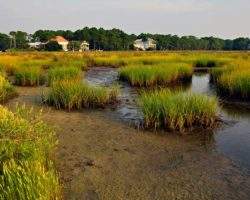
Airport, Dauphin Island
Dauphin Island Airport is set in a salt water marsh in which may be found Clapper Rail (common), Virginia Rail and Sora are fairly common(fall and winter), though secretive. Yellow Rail is very rare in winter as is Black Rail most of the year. Nelson …
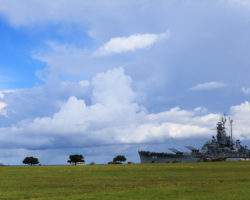
Battleship Park
Battleship Park presents the birder with a diversity of habitat to explore and a great variety of birds to observe. Pinto Pass and the mudflats of Mobile Bay filled with waterfowl in winter and shorebirds during migration, short grass lawns for dowit …
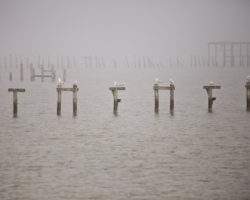
Bayfront Park
Look for gulls and terns on the pilings in the bay and shorebirds along the shoreline. From the shoreline, walk the boardwalk to an inland marsh. Look closely for Least Bittern and Clapper Rail. During fall and winter, Virginia Rail and Sora are regu …

Bellingrath Gardens
The entire 900-acre complex is a bird sanctuary and there is an observation tower overlooking the Fowl River and salt marsh. Although good year-round, birding potential for neotropical migrants increases during the spring and fall months. Cruises thr …
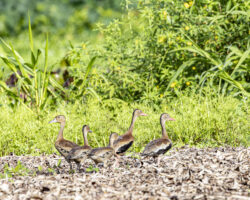
Blakeley Island – Mud Lakes
Depending on water levels and time of year, the first pond on the right (south) often offers the best conditions for viewing waterfowl like Black-bellied Whistling-Duck, Mottled Duck, and Northern Shoveler, and various shorebirds, gulls and terns. Th …
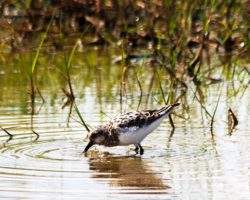
Blakeley Island – North Blakeley Disposal Area
The Mud Lakes on Blakeley Island are well known to Alabama birders as one of the best spots in South Alabama for shorebirds and waterfowl. The Island, at the western end of the Mobile Causeway, along the east side of US 90A, can be reached from eithe …
